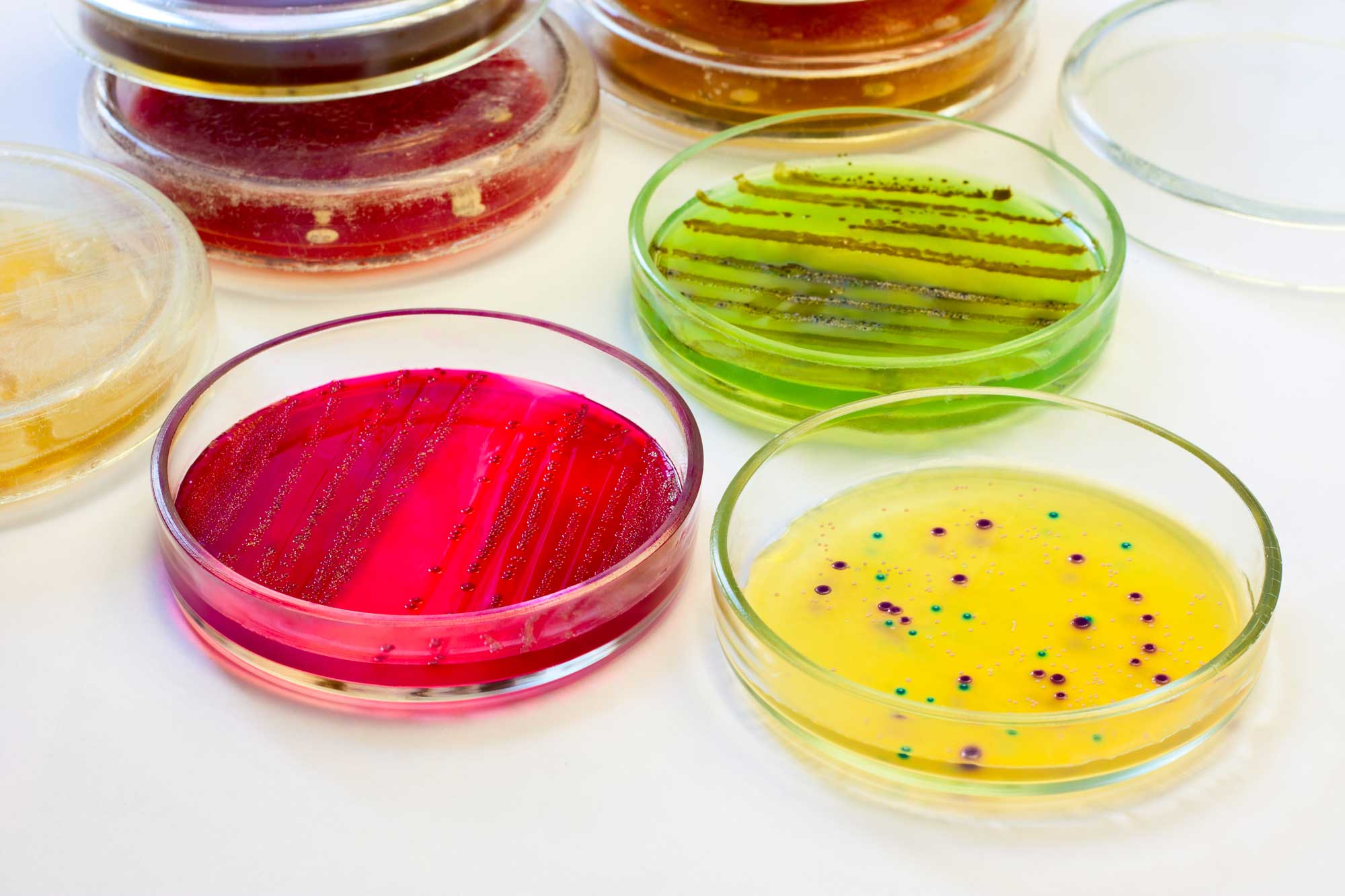
What is it?
Method suitability testing, simply put, is a process by which your microbiology testing lab determines the most suitable way to test your unique formulation to ensure accurate results. There are standardized methodologies available for routine microbiological testing, such as USP <61> and <62>. These standards are intentionally vague in some areas to allow flexibility to suit unique product formulations that may require unique testing protocols. These standardized testing protocols are a great starting point, but they may not always capture the full microbiological picture. That is where method suitability testing comes in.
Who needs it?
Regulatory bodies like the FDA require method suitability testing as a precursor to antimicrobial effective testing (USP <51>) or as a precursor to sterility testing (USP <71>) in aqueous pharmaceutical products. BUT (and this is a big but) these are not the only products that can benefit from this type of testing. Method suitability can be used to validate microbiological testing on any product from cosmetic mineral oil to turmeric capsules to birthday cake protein powder, and is called “preparatory testing” when it is performed for dietary supplement products.
Perhaps you are asking yourself why you would perform (and pay for) testing that is not required regulatorily. Let’s take the cosmetic mineral oil as an example:
- Mineral oil does not dissolve in watery solutions (we’ll spare you from a deep-dive into polar vs. nonpolar solutions) and instead floats on the surface, just like you see with oil and vinegar. Let’s say that mineral oil, unbeknownst to you, is chalk full of E. coli. Daane Labs received a sample of mineral oil with no prior method suitability in place. The mineral oil is diluted in a buffer or liquid culture media, plated, and incubated. If oil and water don’t mix, neither will mineral oil and culture media. And if the mineral oil isn’t mingling with the culture media, neither is the E. coli. This could result in a false negative, or bias-low quantitative values.
- Alternatively, Daane Labs receives a sample of mineral oil that has had method suitability/ preparatory testing performed. In addition to the culture media, we know to add Tween80 to the culture media to get the mineral oil to go into solution. The E. coli in the sample mingles readily with the culture media and we report that your sample is positive for E. coli.
This type of interaction, where the nature of the product interferes with the ability to test it, is called matrix interference and it can create downstream challenges if standard test methods are ineffective in testing a product. We advocate for performing method suitability on any new formulations in a product due to the possibility of unexpected matrix interference.
How does it work?
Method suitability testing begins with diluting your product to different strengths with a neutralizing buffer. The idea is that at least one of these dilutions will hit the sweet spot where antimicrobial compounds or properties have been neutralized. Next, a known quantity of several microorganisms are added to the diluted product. USP-compliant method suitability testing requires the use of the organisms in the table below.
| Organism Name | Organism Type | Gram Stain |
| Staphylococcus aureus (ATCC 6538) | Bacteria | G+ Cocci |
| Escherichia coli (ATCC 8739) | Bacteria | G- Rod |
| Pseudomonas aeruginosa (ATCC 9027) | Bacteria | G- Rod |
| Aspergillus brasiliensis (ATCC 16404) | Fungus (mold) | N/A |
| Candida albicans (ATCC 10231) | Fungus (yeast) | N/A |
After the diluted product has been inoculated with the organisms indicated above, we go about testing the product the same way we would during routine testing. We want to mimic the “real world” as much as possible to ensure the method suitability testing translates seamlessly into routine testing down the road. The sample is plated on selective and non-selective culture media and incubated at appropriate conditions for microbial recovery (30-35C for bacterial cultures, 20-25C for fungal cultures). After the incubation period is complete, the apparent growth in the samples is compared to saline control cultures. According to the USP, “a suitable recovery scheme is one that provides at least 50% of this saline control count”.
Once the laboratory has developed a testing scheme which delivers at least 50% recovery of the control, the method suitability is done and you can begin moving to routine testing. Daane Labs staff have been performing method suitability testing and preparatory testing for over a decade and can confidently say that no matter what type of product you are manufacturing, we can find a suitable method for microbial testing. As always, reach out to Daane Labs for inquiries on method suitability and routine microbial testing. We are here for you.
References
https://latam-edu.usp.org/wp-content/uploads/2021/01/USP-NF-51.pdf
